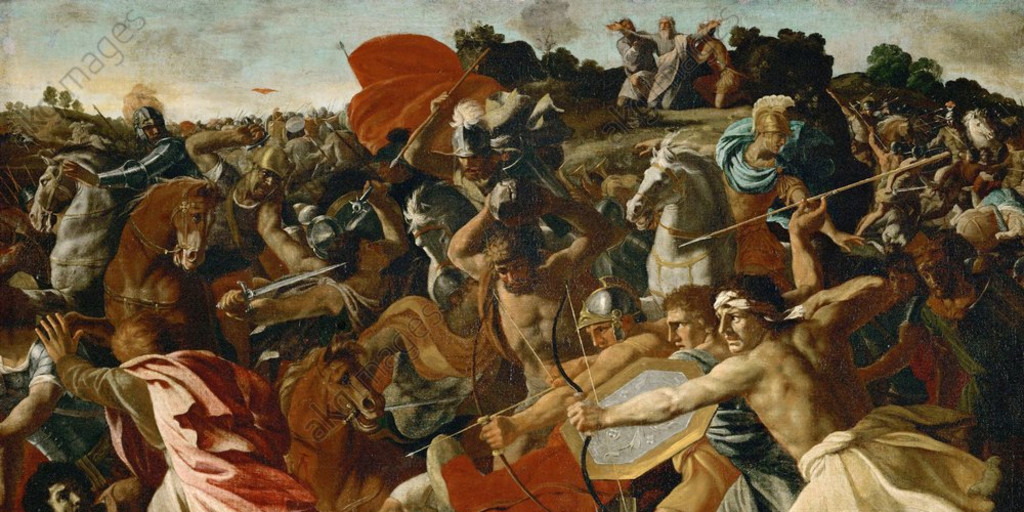Video shared by @Paul
- Christians can reconcile these differences by understanding that God's moral character remains consistent, but His approach can vary based on the circumstances and the state of humanity at different times, similar to how an educator adjusts their teaching methods to match the students' learning stages.
- Critics focus on depicting the Old Testament God in a negative light, using terms like "jealous" and "bloodthirsty," which raises questions regarding the consistency of God's character from the Old Testament to the New Testament.
- Revelation is depicted as a gradual process where moral insights are revealed incrementally, culminating in profound understandings that connect as part of a larger narrative.
- Audience support is crucial for content creators, enabling them to continue producing material. Viewers can contribute through donations or community involvement, fostering a collaborative dynamic.
Old Testament vs. New Testament God
The Perception of God in the Old Testament
"Whenever polemicists want to take a swipe at Christianity or the Bible, passages from the Old Testament are a favorite focal point."
- Critics often target the Old Testament to critique Christianity, citing various troubling narratives and traits attributed to God. Figures like Richard Dawkins exemplify this by labeling the God of the Old Testament with harsh descriptors such as "jealous," "petty," and "bloodthirsty." This critical view raises challenging questions for believers regarding the nature of God as depicted across the texts.
- This leads individuals, especially new converts, to feel apprehensive when reading these passages, creating a sense of cognitive dissonance when trying to reconcile the harshness of the Old Testament with the loving nature of God that Jesus reveals in the New Testament.
Reconciling the Old and New Testament Views of God
"It's obvious enough that we want to create a cohesive understanding of who God is and how he is represented and reveals himself through salvation history."
- The challenge for Christians is to forge a coherent understanding of God that harmonizes both the stern Old Testament narratives and the more forgiving New Testament teachings. This difficulty stems from the perception that God's treatment of humanity appears inconsistent—enacting strict laws and punishment in the Old Testament while promoting love and mercy in the New Testament.
- Some may question if the Old Testament and New Testament portray two separate Gods, one lesser and the other supreme. However, it is emphasized that a consistent moral character can act differently based on circumstances; similarly, God's approach can vary to meet the needs of people at different points in history.
Contextualizing God's Actions in the Old Testament
"The Bible explicitly says that humanity had become dramatically corrupted by an estrangement from God stemming from the betrayal of the first humans."
- The Old Testament illustrates a time when humanity was perceived as corrupted and in rebellion against God. God’s harsh measures can be interpreted as necessary actions to instill moral truth in a populace that required clear guidance on right and wrong.
- Using analogies like a strict educator or a prison guard, the video suggests that God had to approach these people in a manner suitable for their overall moral and spiritual state. Just as an instructor adjusts his methods as a student progresses, God’s different approaches in the Old Testament compared to the New Testament are contextual, highlighting humanity's need for formation and understanding over time.
Learning and Evolving Understanding of Morality
"The important takeaway from the Old Testament and from these stories is that humanity was severely estranged from God."
- The progression of God’s revelation of moral truth through the Old Testament to the New Testament correlates to an educational model. Initially, God provided a strict system to help people recognize and adhere to moral laws.
- As individuals learn and grow, their understanding transforms; similarly, humanity, through divine guidance and the incarnation of Jesus, advances from primitive lessons to a richer comprehension of love, forgiveness, and moral principles, emphasizing the evolving nature of God's engagement with humanity.
The Nature of Revelation
"Revelation comes at the end of a very long sequence of him slowly revealing greater moral knowledge to his people."
- Revelation is presented as a culmination of a lengthy process where deeper moral insights are gradually unveiled. It emphasizes that understanding is built over time rather than instantaneously.
- Extracting a single lesson from the full sequence of revelations may appear odd or out of place without recognizing its broader context. This suggests that lessons should be appreciated as part of a larger narrative or philosophy.
- The idea of contextual knowledge reinforces that every stage contributes to a greater whole, making the end revelations coherent and meaningful when viewed in their entirety.
Support for Creators
"The reason I can continue making content like this is because of the generous support of my viewers."
- The speaker highlights the importance of viewer support in sustaining their creative endeavors. This reliance on audience generosity underscores a communal relationship between content creators and their audience.
- Options for supporting include donations through a personal website and joining an online community, emphasizing engagement beyond mere viewership.
- Encouragement to like and subscribe serves as a reminder of the interactive nature of online content and the impact of audience participation on creators' success.

